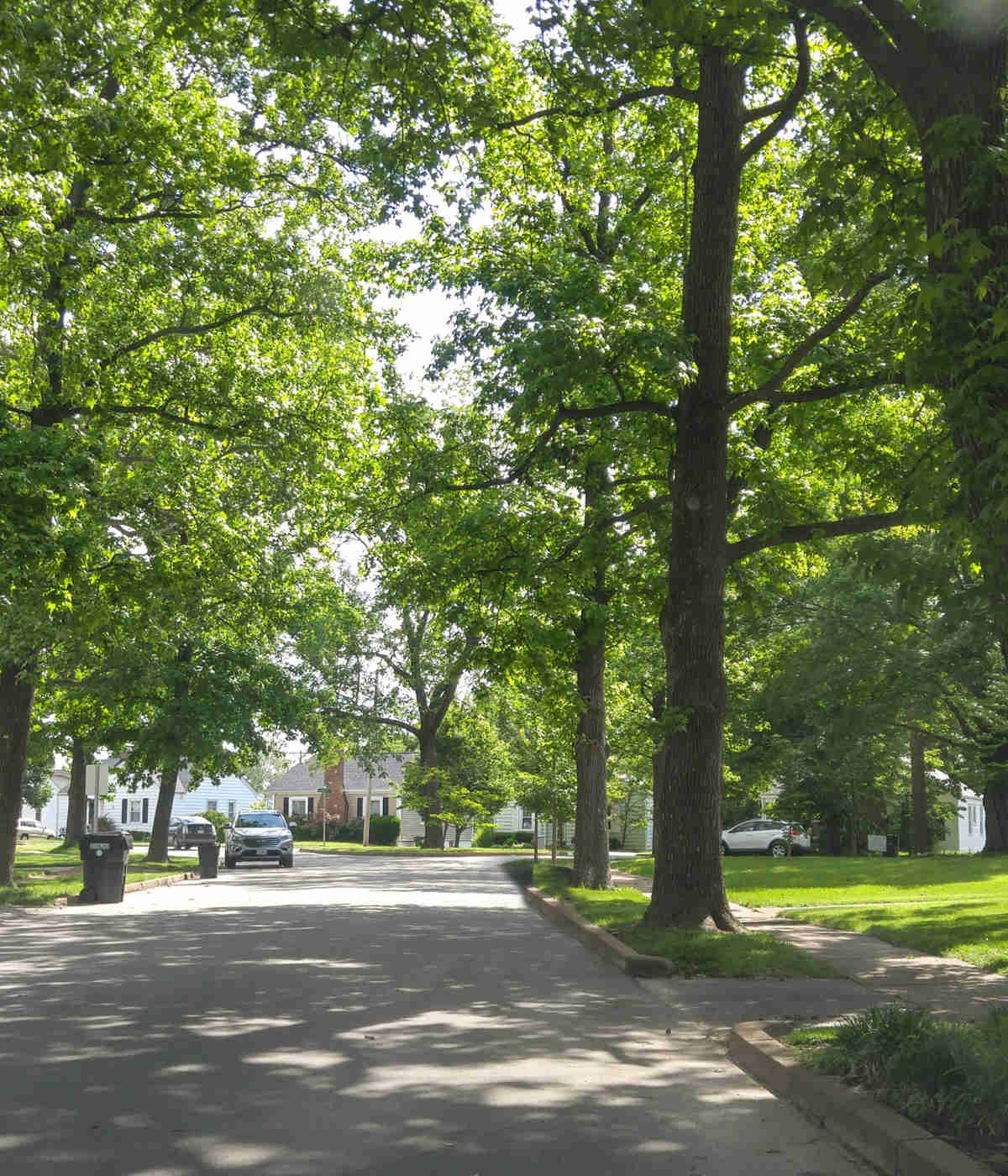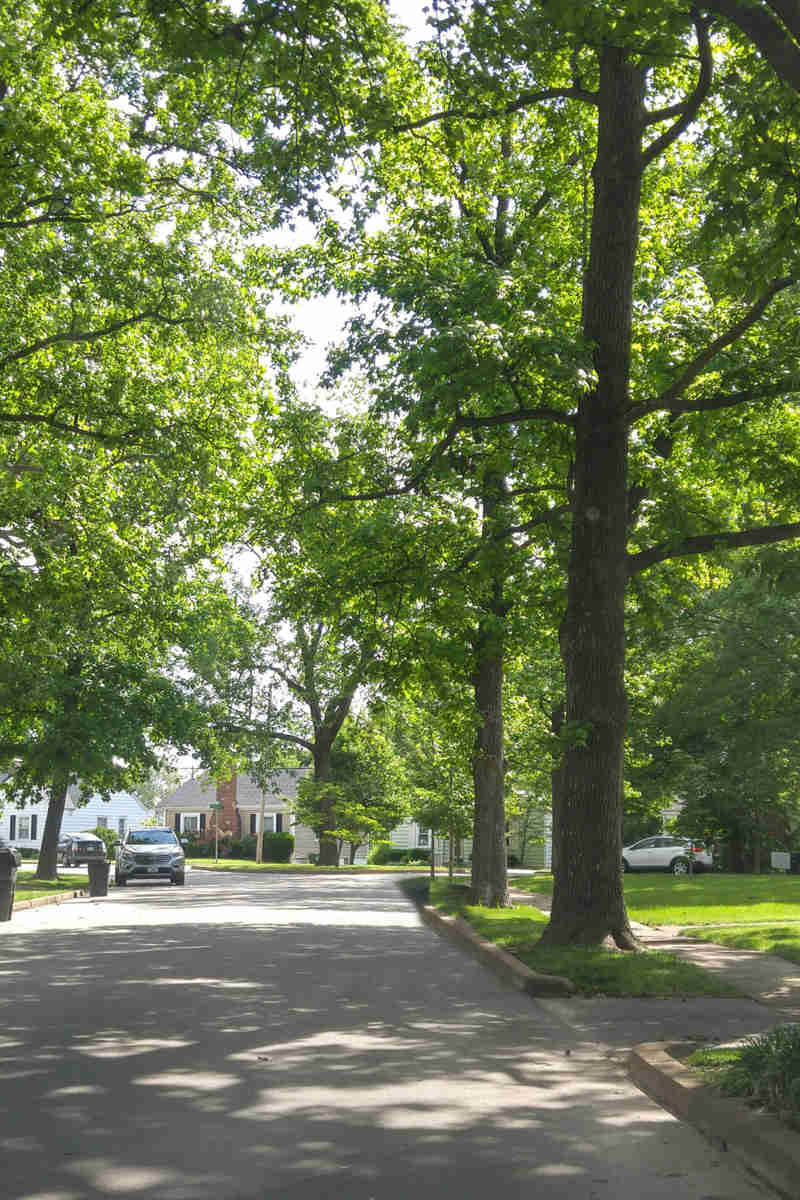Making sure your commercial property is healthy, safe, accessible, and looks good is your job.
And you know, landscape maintenance to ensure these results isn’t only done during the spring and summer months. There are many commercial landscape maintenance needs that can be addressed during the winter months. In fact, some tasks are ideal during this time to ensure your facility is ready to look its best the coming spring.
Dormant pruning is one of them. Let’s take a look at this service and how it can benefit your landscape.
What is Dormant Pruning?
If you haven't had this service performed on your commercial property before, you might be wondering what dormant tree pruning is.
Dormant pruning is the process of trimming deciduous trees and shrubs during a time when they aren’t actively growing.
While regular pruning of dead, diseased, damaged or broken, and low-hanging limbs can be done as a routine pruning practice, trees can withstand more dramatic pruning when they are dormant. In fact, this could be a great time to handle trees and shrubs that are growing into paths and entryways and becoming safety concerns.
Watch the video above to learn more about the benefits of dormant tree pruning and common client misconceptions.
Why Tree Pruning is Important for Commercial Properties
When you manage a commercial property with lots of traffic -- whether it’s a hospital with patients and physicians coming and going all day or a retail or office center with employees and visitors on the go -- you have to keep safety at the top of your list of to-dos.
Part of having a safe walking path, entrance ways, and parking lots is maintaining what's on the ground to prevent trip-and-fall hazards, as well as what’s above ground – usually tree limbs.
Dangerous or loose tree limbs should be immediately pruned so they don’t become hazards on your property. Proactive tree care maintenance in the form of dormant pruning keeps you ahead of the game by identifying branches that are likely to become hazards should a storm hit. That includes wind storms, as well as ice storms or cold snaps that can negatively impact the strength and structure of weak tree limbs.
By maintaining trees with commercial tree pruning. you’re keeping your property safe and avoiding costly damages or insurance claims, as well as setting up your trees for successful spring growth.
Best Time to Prune Trees
Pruning when your trees and shrubs are dormant is one of the best things you can do because of the many advantages they offer you, the commercial property manager.
Pruning trees in winter can reinvigorate the overall health of your plants, giving your property a nice, clean look at a time when it typically looks fairly dull (How can it invigorate health while the plants are dormant? Perhaps change that to say: improve the aesthetics of your plants). But the practice also offers other perks. Here are the benefits of pruning trees in the winter:
- Winter is when deciduous trees have lost their leaves, so you can see their branch structure more clearly. This makes removing crossed branches or weak and diseased limbs much easier. This also ensures you can clean up a tree canopy for better sunlight penetration to turf or plants beneath the tree.
- Dormant pruning results in minimal sap loss, so you’re not putting more stress on your trees.
- You reduce the spread of insects and diseases because they aren’t active during the dormant season.. This is especially important to prevent the spread of diseases such asOak Wilt and Dutch elm disease.
- The resulting flush of new growth in spring is a great end result of pruning during dormancy. Routine dormant pruning reinvigorates hedges and helps maintain a tree’s structure to promote regular fresh growth.
Why You Should Hire a Certified Arborist for Tree Pruning
There are a lot of tree species out there. Certified arborists are trained to identify and work with all kinds of trees, as well as their care requirements, common problems, and concerns.
When it comes to pruning, this service is a skill that requires practice. Not only can it be dangerous working with branches overhead that might be heavier than you think once they are removed from a tree, but it takes the proper equipment, planning, training, and preparation to do this work correctly. Identifying which branches are sound and which branches are potentially hazardous takes hours of carefully studying branch strength and health.
A certified arborist also carries his/her own liability insurance (that’s not always true), protecting you and your company should an accident occur.
Since trees are valuable assets on your property, you don’t want to make pruning mistakes that could cost you the proper growth, beauty, and future health of your commercial property’s major living landscape features. A certified arborist can help ensure your trees live long, healthy lives.



